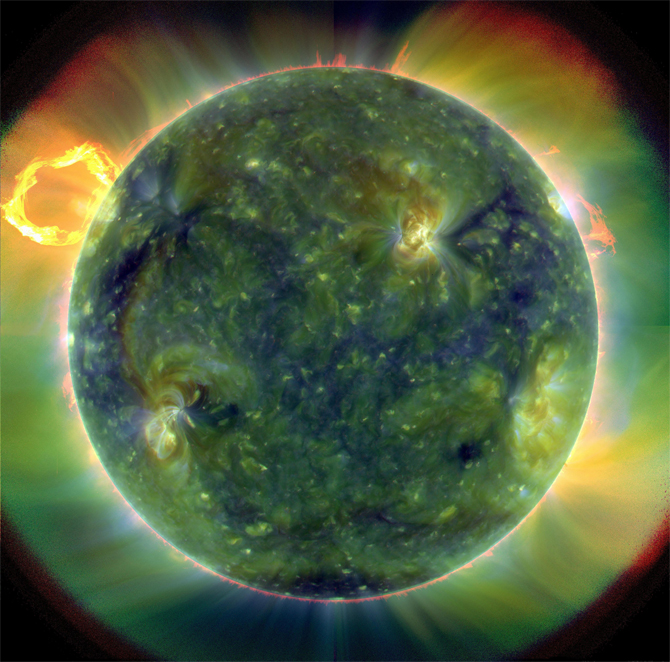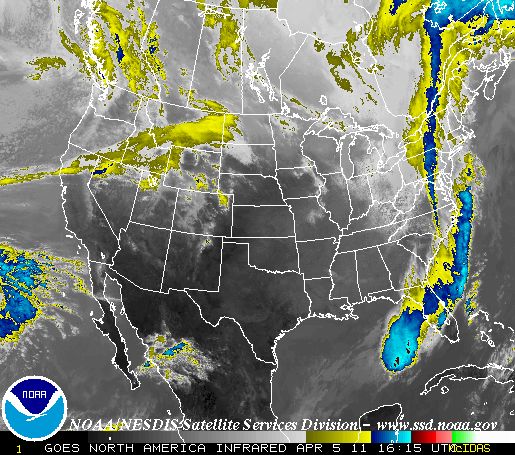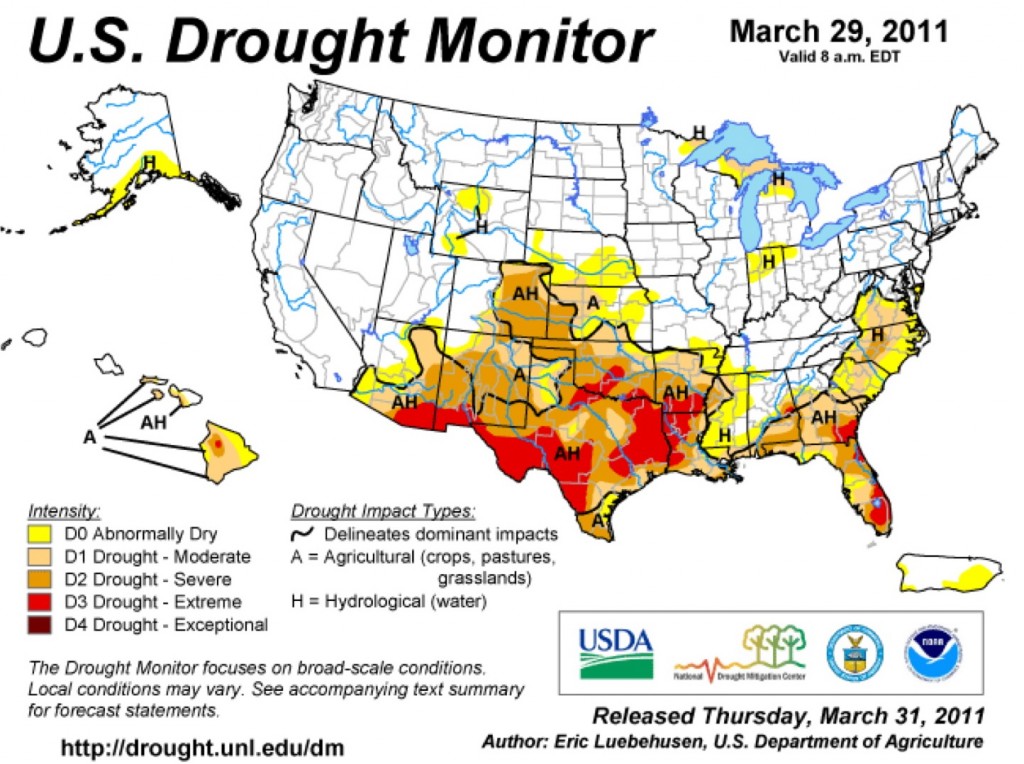Solar done right
Posted on | April 7, 2011 | 2 Comments
 Should our conversion to solar energy be done on urban rooftops, brownfield sites and marginal agricultural land, or should it be carried out via a rushed give-away of public lands staged by the Bureau of Land Management? This report by Solar Done Right, a group formed by the watchdog non-profit Western Lands Project and a collection of concerned conservationists, would rather see solar on, say, untenable land in the Westlands Water District rather than pristine desert. If you trust Interior to get it right without supervision, it merits remembering that the last time the curtain was drawn on the department’s oversight of big energy, our civil servants were snorting coke, watching porn and having sex with the company reps. I wish I were making that last part up. Alas, no.
Should our conversion to solar energy be done on urban rooftops, brownfield sites and marginal agricultural land, or should it be carried out via a rushed give-away of public lands staged by the Bureau of Land Management? This report by Solar Done Right, a group formed by the watchdog non-profit Western Lands Project and a collection of concerned conservationists, would rather see solar on, say, untenable land in the Westlands Water District rather than pristine desert. If you trust Interior to get it right without supervision, it merits remembering that the last time the curtain was drawn on the department’s oversight of big energy, our civil servants were snorting coke, watching porn and having sex with the company reps. I wish I were making that last part up. Alas, no.
This lovely image of the sun comes from NASA.
“Weather is just playing games”
Posted on | April 5, 2011 | No Comments
 By all means go on the garden tours this weekend, but take an umbrella. “In a year that has been anything but normal with huge snowfalls in the Sierra and well-above-normal rain in the lowlands, Mother Nature is just not done playing her games with us just yet,” writes Ken Clark at AccuWeather. For your forecast, which in California will involve cool temperatures and a chance of rain this weekend, click here for the National Weather Service. To improve your vocabulary about what type of rain might fall, check out this collection of “pluvial” terms in the New York Times. UPDATE: A mirthful meteorologist friend and author of the Bad Mom/Good Mom blog just wrote, “I’ll see your pluvial and raise you virga.”
By all means go on the garden tours this weekend, but take an umbrella. “In a year that has been anything but normal with huge snowfalls in the Sierra and well-above-normal rain in the lowlands, Mother Nature is just not done playing her games with us just yet,” writes Ken Clark at AccuWeather. For your forecast, which in California will involve cool temperatures and a chance of rain this weekend, click here for the National Weather Service. To improve your vocabulary about what type of rain might fall, check out this collection of “pluvial” terms in the New York Times. UPDATE: A mirthful meteorologist friend and author of the Bad Mom/Good Mom blog just wrote, “I’ll see your pluvial and raise you virga.”
The Dry Garden: Eco-snooping
Posted on | April 1, 2011 | 1 Comment
 The problem with selling native plants in garden centers is that the natives are reluctant seducers. For much of the autumn and winter — prime planting months in California — they’re discreet. Their foliage comes in the understated colors of a Craftsman paint palette. Give the plants too much water, and they rot in their pots. Flowers are few. Only in spring, usually far from town, safe distances from our hoses, do native lilacs lead the charge into blossom with a cobalt-blue eruption. After them come the pink and white spires of coral bells and clarkia, masses of orange poppies, along with every color of penstemon, irises and monkeyflowers. Only shoppers who know what a native looks like in spring can envision its potential in the fall, when it’s time to buy and plant.
The problem with selling native plants in garden centers is that the natives are reluctant seducers. For much of the autumn and winter — prime planting months in California — they’re discreet. Their foliage comes in the understated colors of a Craftsman paint palette. Give the plants too much water, and they rot in their pots. Flowers are few. Only in spring, usually far from town, safe distances from our hoses, do native lilacs lead the charge into blossom with a cobalt-blue eruption. After them come the pink and white spires of coral bells and clarkia, masses of orange poppies, along with every color of penstemon, irises and monkeyflowers. Only shoppers who know what a native looks like in spring can envision its potential in the fall, when it’s time to buy and plant.
By comparison, exotic plants are favored by retailers because their leaves often come in leprechaun greens. Impatiens and hibiscus heave with blooms so lurid that a crayon company couldn’t match their pizazz. The joke is on us, because once we get them home, many become pest magnets that demand heavy irrigation and expensive regimens of fertilizer, amendments and pesticides.
The native-plant movement in California needed decades of false starts to overcome the fact that the best-adapted and most consumer-friendly plants were the hardest sell. Then the Theodore Payne Foundation for Wildflowers and Native Plants in Sun Valley had an idea. If it couldn’t get native plants to strut their stuff effectively in stores, the foundation would bring customers to native gardens. Conventional garden clubs had tours. Why couldn’t Theodore Payne?
Click here to keep reading this week’s Dry Garden column in the Los Angeles Times. For full listings of April Dry Garden events, click here.
High good, low bad: Mead in March 2011
Posted on | March 31, 2011 | 1 Comment
Smart people object to the term “drought” being applied to the water supply of the Western US. Dryness is not necessarily drought in a dry place, they say, no matter how rashly you might overdevelop that place.
So, this being the week of April Fools, these strict interpreters might agree with California that, after heavy winter precipitation, the Golden State is no longer in a drought. To drought skeptics, it never was. It’s simply full of fools who view the state’s massive system of reservoirs much like a drunk assesses a whisky bottle.
To us drunks, however, the world looks very different here in California. The drought is on when we don’t get what we want, and it’s over when we do. It has nothing to do with the health of the waterways that we siphon, the over-drafted aquifers that we tap when state and federal reservoirs shrink, or the squeaking desperation from less well-allocated states east of the Sierra rain shadow.
In an admirable and probably futile attempt to get through to us, the Wall Street Journal today published a piece cautioning that Lake Mead, the main storage reservoir on the Colorado River and source of all the water for Imperial Valley farmers and roughly a third of that serving Southern California’s cities, is still hovering at crisis levels.
So how, you might ask, can the drought be over? Check with reservoir operators and, indeed, Lake Mead is 43% full, it’s elevation hovering roundabout 1,096 feet. Upstream, the second largest storage reservoir on the Colorado, Lake Powell, is 53% full. But the drought is over in California because, while we depend heavily on the Colorado’s out-of-state water, we only count instate snowpack and reservoirs when calculating drought.
Click here for a full history of Lake Mead elevations from the federal Bureau of Reclamation. Hat tip to the water wonk’s must read blog, Aquafornia, for listing the WSJ piece high up its daily scroll.
Tags: chance of rain > Emily Green > Lake Mead elevations > US Bureau of Reclamation
The Dry Garden: “Reimagining the California Lawn”
Posted on | March 25, 2011 | No Comments

Maybe you want to remove your lawn. Maybe you want to reduce it to make way for flowers, food or a shade tree. Maybe you don’t know what you want. A new book, written by three of California’s most knowledgeable horticulturists, lays out options.
It would be disingenuous to treat Reimagining the California Lawn (Cachuma Press, 2011) like any other garden book. It’s not. The authors have close to rock star status in the Golden State, something they possessed even before the 2005 publication of their first book, California Native Plants for the Garden.
Carol Bornstein, now a Central California garden designer, was for many years director of horticulture of the Santa Barbara Botanic Garden. The heart-stoppingly beautiful meadow there is her work. In 1976, David Fross co-founded Native Sons Nursery in Arroyo Grande and has since been the Johnny Appleseed of dry gardening. For many years director of horticulture at Rancho Santa Ana Botanic Garden in Claremont, and now its special projects director, Bart O’Brien is among the most knowledgeable plantsmen in the country. Once, when researching a piece for the Times and cold-calling a homeowner with a dry garden, I mentioned that O’Brien was outside. She screamed as if he were not one person, but all four Beatles, straight from Liverpool.
Click here keep reading this review of “Reimagining the California Lawn” in the Los Angeles Times.
« go back — keep looking »


